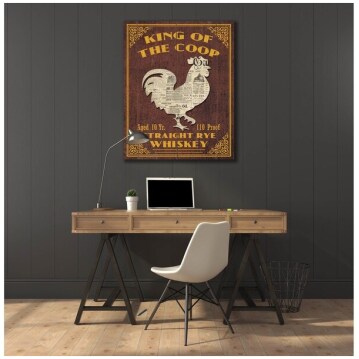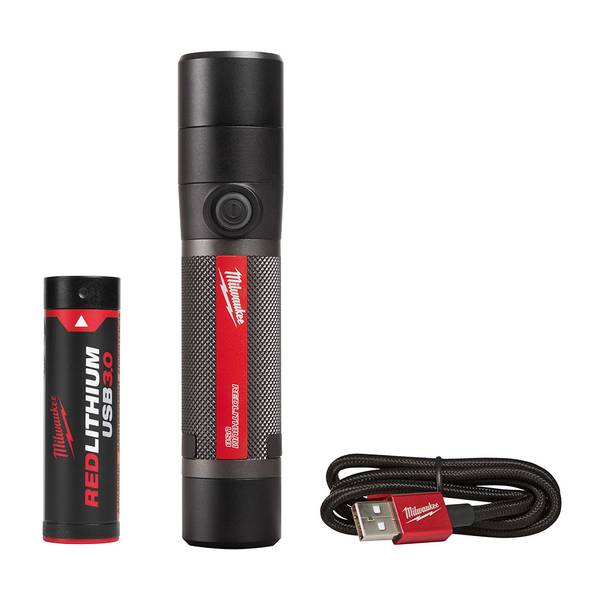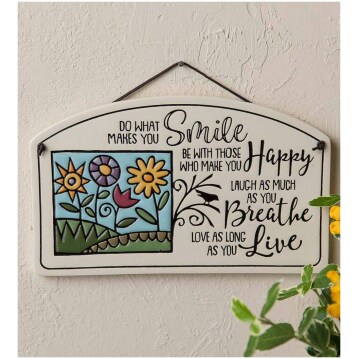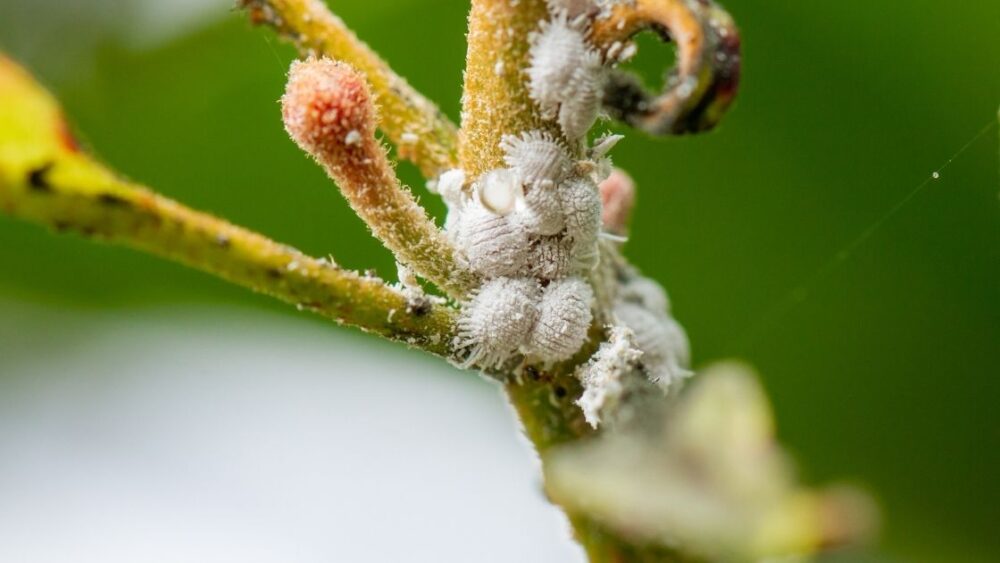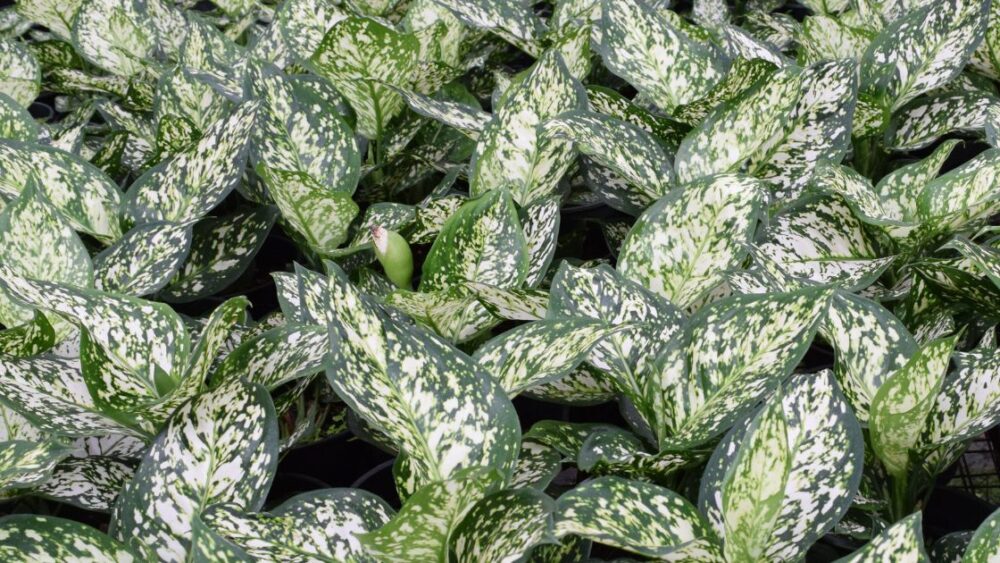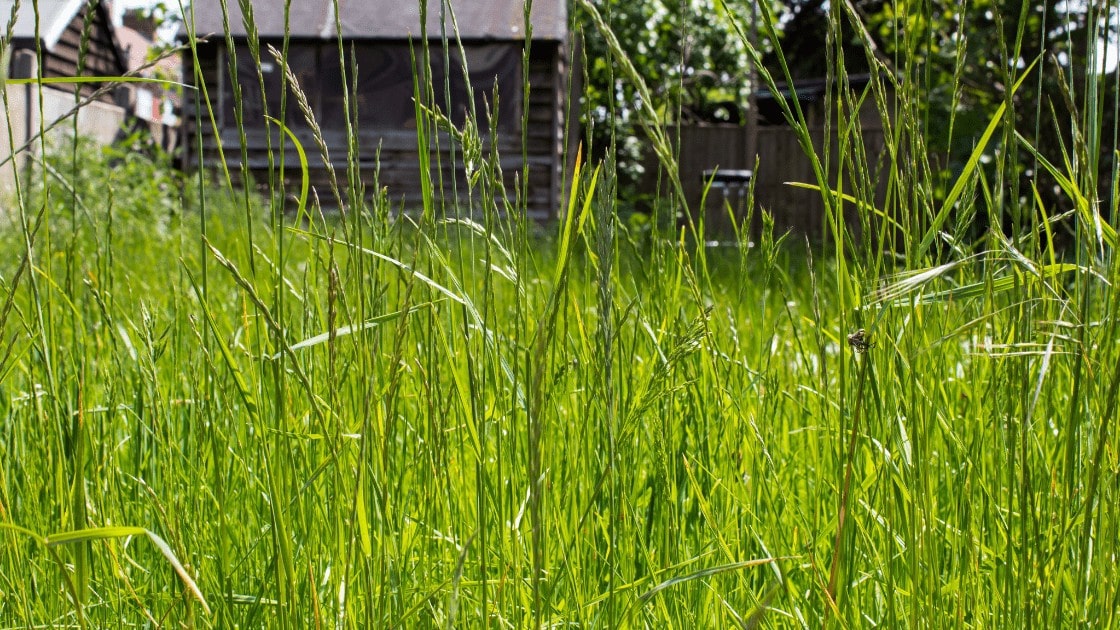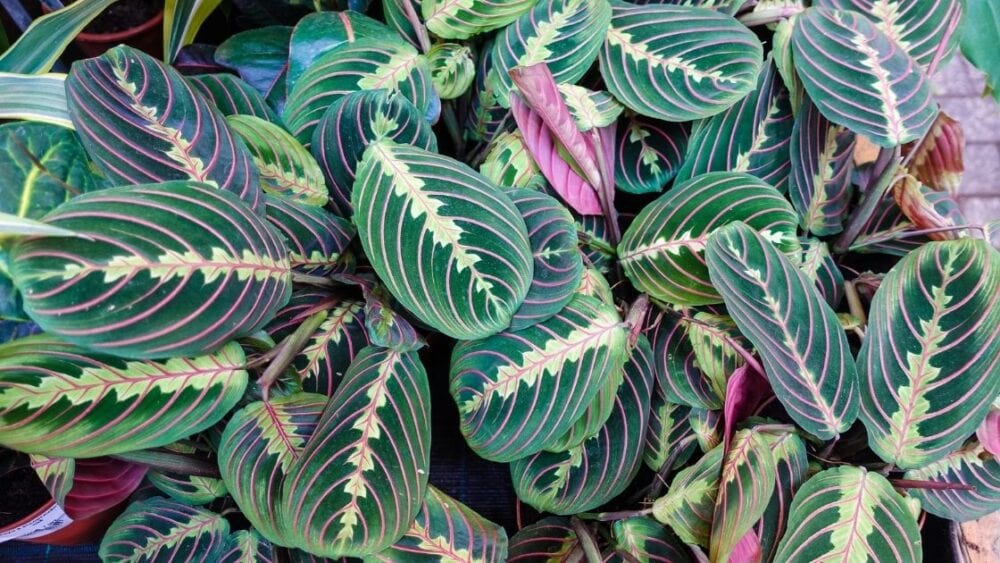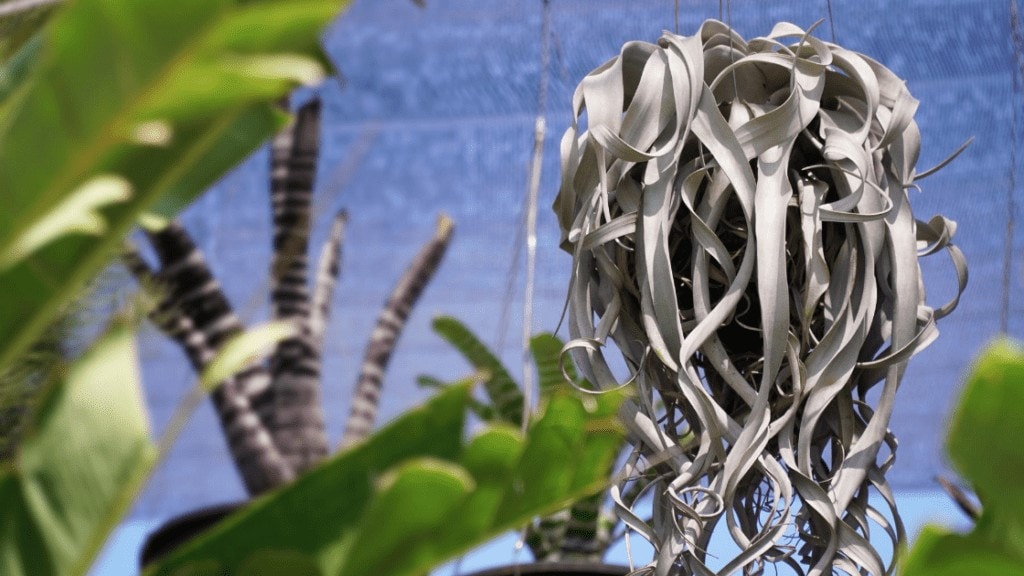
Tillandsia Xerographica is a popular air plant and quite a big trend in modern gardening. This plant is also called Xeros. There are good reasons for its popularity. It is are low-maintenance yet downright gorgeous plant that anyone would like to have in his or her drawing room. In this article we will discuss exactly what a Xerographica is, and for your entertainment, let us begin.
For the love of Xerographica, people have given many nicknames to this fabulous plant that finds its origin in the rainforests of Mexico, Salvador, and Guatemala. In the forests, this plant can be found hanging from the highest tree branches.
In the subtropical forests, it can be found suspended on the tree branches. It forms natural canopies in the forests, clinging and hanging from the trees, and growing completely soilless. The name Xerographica translates into ‘dry painting’ and ‘dry writing’ in Greek.
Browse our Affiliate Products
This plant has a pleasant and mesmerizing aesthetic similar to many other air plants. They have beautiful leaves curling and spiraling around themselves in silvery hues. These plants grow slowly and take an interesting spherical shape. Coupled with their low-maintenance needs, these plants are both easy and stunning when it comes to adding a plant decor to your home.
What Are Tillandsia Xerographica Plants?
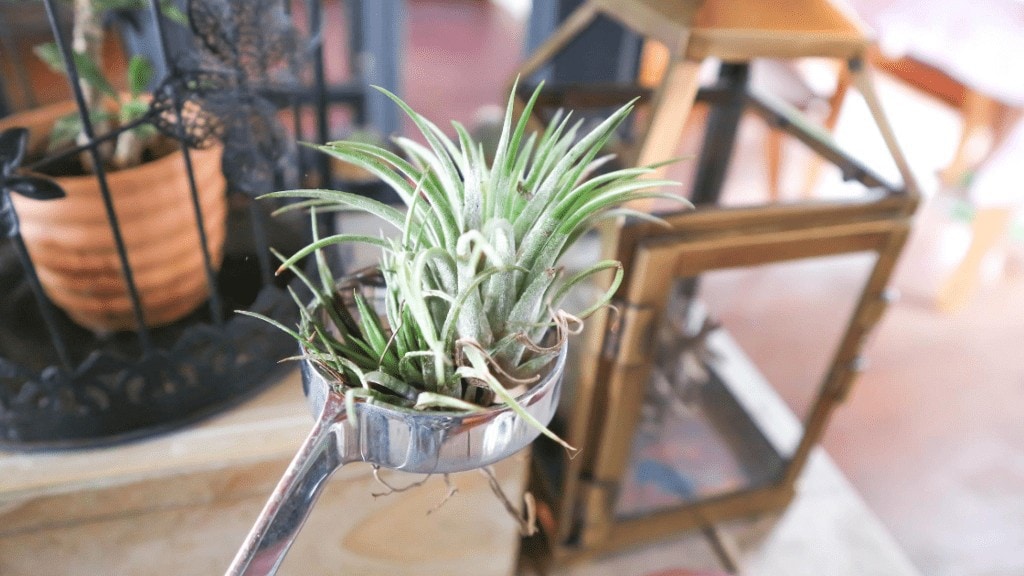
The scientific name of air plants to which Tillandsia Xerographica belongs is Tillandsia. It belongs to the bromeliad family of plants, which bloom only once in their lifespan.
Pineapple is a more familiar example of the bromeliad family of plants. There are more than 460 different varieties of Tillandsia plants while there can be hundreds of hybrid varieties.
Tillandsia plants can be categorized as epiphytes. This is a group of plants whose roots are settled on a tree or rock. But they are not parasite plants because instead of taking nutrients from their host, these plants draw the necessary nutrients from the surrounding air, rain, and composted material on the host. Some popular examples of epiphytes are various orchids, mosses, lichens and ferns.
South American is the home of the bromeliad family of flowering plants.
What’s great about them is that they draw nutrients for the major part of their survival and growth from the air, not so much from the soil. For this reason, these plants are considered rebel plants because they don’t follow the survival rules typical for plants. For these qualities, these plants are a statement in itself. There are 400 to 650 types of air plants but Xerographica has a special place among them.
Amazon offers a great variety as seen below.
Where Do They Come From?
Xerographica or the entire group of air plants that together constitute the Tillandsia family of plants come from tropical and subtropical forests of central and south America, particularly Mexico, Chile, Brazil, Guatemala, Nicaragua, and Costa Rica.
How Many Other Species of Tillandsia Are There?
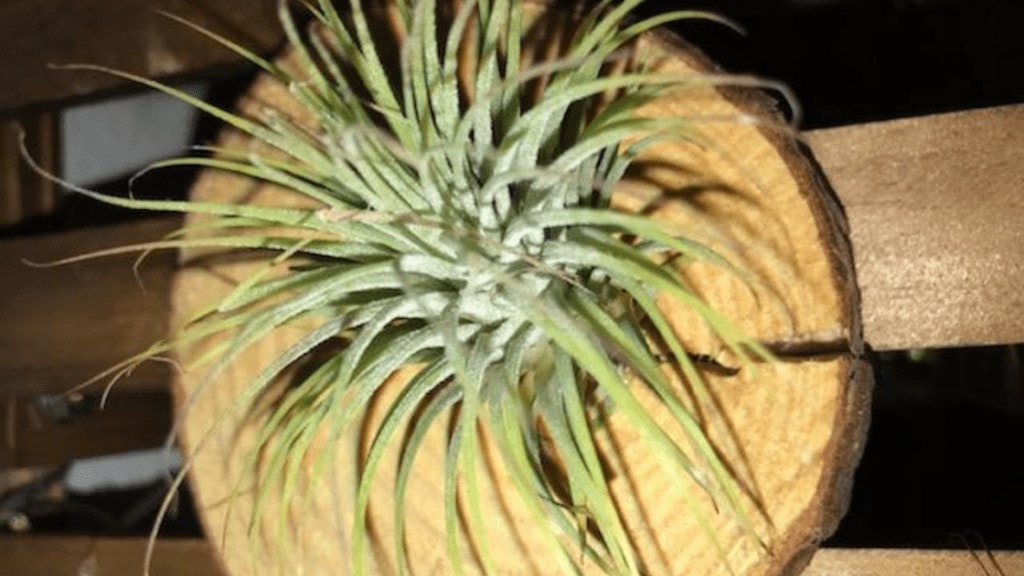
There are a wide range of species in the Tillandsia group of air plants. Different sources put this figure at 450 to 650. If you include the hybrid varieties of air plants, the number can well cross 1,000.
Types of Tillandsia
Tillandsia air plants differ widely from being smaller than an inch to over 15 feet in size. The leaves can be anything from red to green, yellow, pink, or purple. Some of the Tillandsias species are fragrant and it is survived by its offshoots called pups.
For more information on care and their longevity, check out this article. How Long Do Air Plants Live? Care & Common Problems
Here are a few popular examples of air plants:
Tillandsias Aeranthos

Tillandsias aeranthos is commonly found in Argentina, Paraguay, Brazil and Uruguay. It has silver-blue and scaly leaves that grow upwards in a cone-like fashion. The leaves are healthy green, stiff, and sharp. The tiny little flowers that emerge from the plant’s pink bracts look blue, purple and pink in different phases of their lifespan.
Its shape and sharpness makes it a beautiful choice to be used in a variety of designs. You can plant it in a small and beautiful vase filled with sand or rock. With its sharp and cheerful look, it can easily become the centerpiece of any home decor.
Tillandsias Cyanea
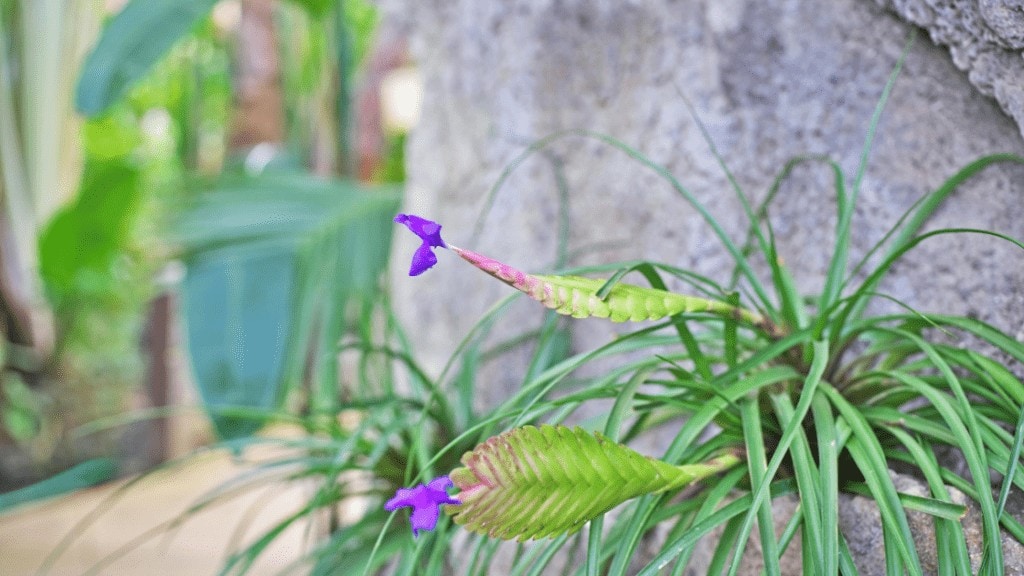
Tillandsia Cyanea is popularly known as the fan flower or the pink quill plant. It is native to rainforests of Ecuador. Now, it is an easy to grow houseplant requiring very little maintenance. The plant produces the inflorescence once in its entire lifespan. It’s an air plant that can grow on a piece of wood.
It’s a medium-sized plant with 12 to 16 inches of spread. The plant grows as a rosette with thin leaves sprouting up. Its bloom is fan-shaped bright blue purple inflorescence. The flowers last on the plant for as long as two months. But it is a once-in-life bloom for the plant. After the inflorescence dies out, the plant itself starts to weather away.
Tillandsias Ionantha
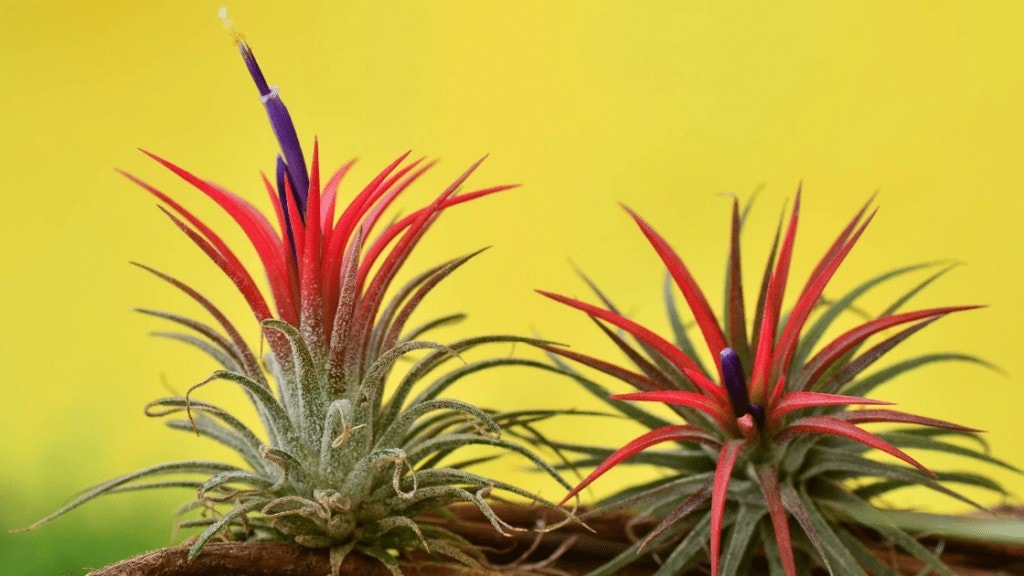
Tillandsia Ionantha is a beautiful first choice if you are new to the world of air plants. It has layers after layer of most adorable silver green leaves. It has the prettiest round shape. Its bloom brings the most enchanting violet flowers with the entire top portion turning a bright red.
The plant prefers a dry and hot condition, a desert-like environment to be precise. Warm and humid conditions are more conducive to its growth. Misting 2-3 times a week, or an occasional watering once a month without submerging it is the right way to keep it hydrated. Don’t give it an all-day sunlight exposure or its tips may get burnt. It’s just fine with fluorescent lighting in your office or bedroom.
This plant is native to Mexico, Costa Rica, Nicaragua, and some regions of South America. It is also found in the wild of the Southern United States such as California, Texas, and Florida.
Tillandsia Recurvata
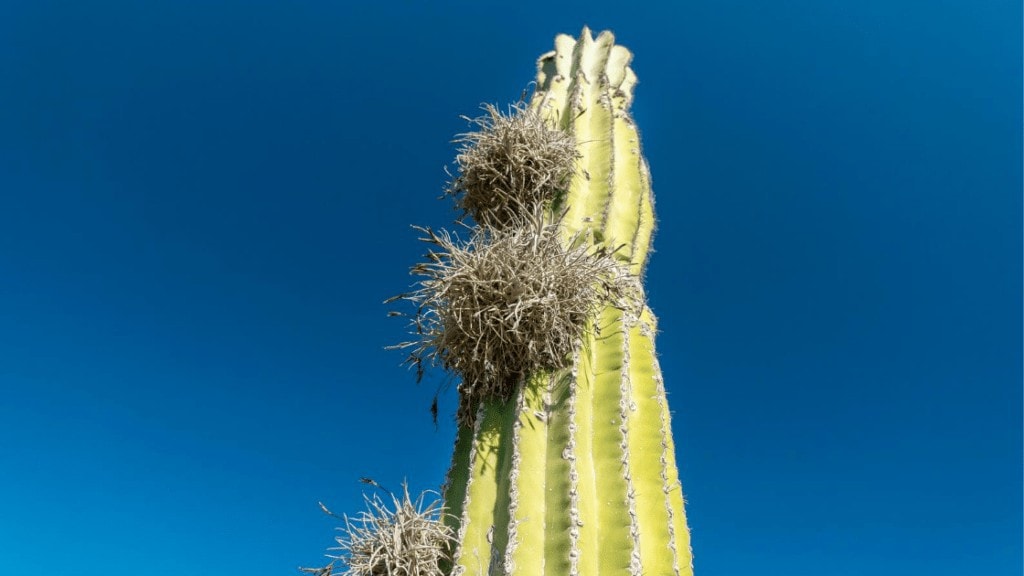
Tillandsia recurvata is an air plant that’s not as romanticized as its cousins. It’s mostly because it does not have a fabulous bloom as many of the air plants will have. Its bracts release tiny petals whose color range from lavender to purple.
These flowering petals are seen at the tips of the flower stalks. Tillandsia recurvata is also known as ball moss. Many people think it’s an unsightly parasite on the trees it grows. But this is not true. It does no harm to the plants it grows on.
It’s widely found in the southern United States to Chile and northern Argentina.
Tillandsia Usneoides
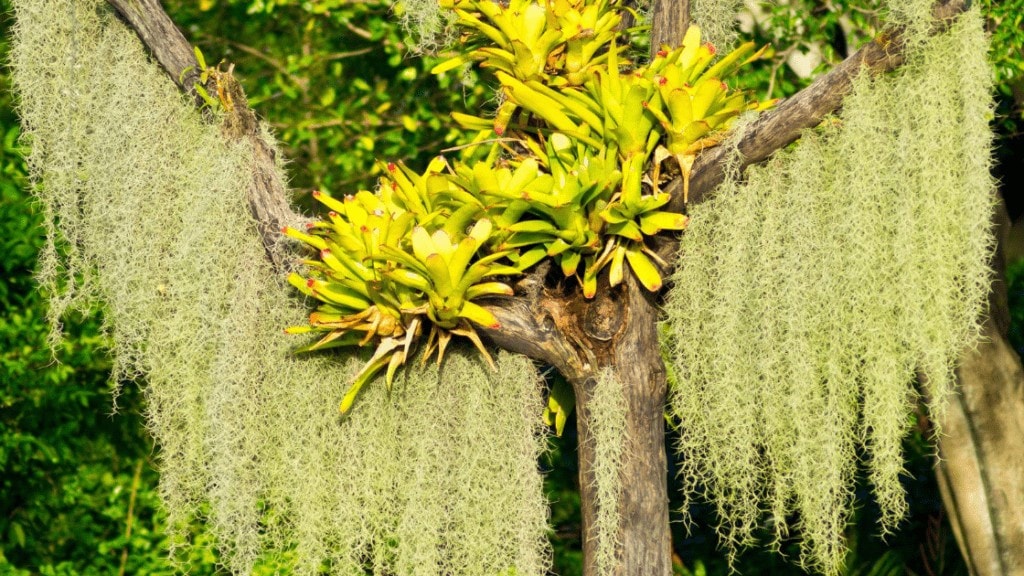
Tillandsia Usneoides is more popular as Spanish Moss. Spanish moss is an extremely popular air plant because of its exquisite beauty and ease with which it can be cultivated. In the outdoor environment, the most likely place you will find it is a tree from where it hangs in all its grandeur.
But it’s also a great indoor plant that can work as a natural curtain with its tree-hair like texture inside your home. Spanish moss has found applications in manufacturing clothes, padding, and mattresses. Except for a rot setting in because of excess water, Spanish moss is largely a disease-free plant.
If you are growing Spanish moss outside, you should give it protection in the initial days as some birds may like to use its vines for building their nests. Some birds like bats even love to make their shelter in its foliage.
Does Xerograhica Require a Lot of Maintenance?
Nope! Xerograhica is a low-maintenance plant whose requirements are only a few. It does not need watering even once in a week — once a month for 15 minutes is just enough. It does not have a soil bed, fertilizer, and direct sunlight.
This also means that you need to take care of it; it’s delicate. Taking care of Xerographica is necessary because it’s very sensitive to both strong sun and extreme moisture. You can’t allow this plant to be placed under the direct sun or leave it inundated in water.
Most air plants need bright light, but they prefer indirect light. A direct exposure to strong sun can leave the plant’s leaves sunburnt. An ideal place for this plant can be a room with many windows. If your home does not have many windows, it may not exactly kill the plant but its progress can surely get affected in the fluorescent light of your home.
Does Xerograhica Require a lot of Water?
Air plants have a great reputation of being able to live off just the air. For its need for water, its leaves seem to absorb enough humidity from their surroundings, fogs, and rains. But when you have this plant in your home, you need to water it from time to time. This plant adapts easily to cool environments and needs little water for its survival. This also means that it can do fairly well in drier environments.
If you can, Xero would do great with misting a couple of times a week. Once a month, you can water it but with only lukewarm water. Even then, let the water sit for long. Remove the water after about 2-15 minutes depending on the temperature of the region, and shake dry your plant.
You can read from the plant’s leaves whether it’s feeling thirsty and needs water. If the leaves are too taut and curly or bearing a wrinkled look, they need watering. But if the leaves are more straight than curly, it means the watering is more on the higher side. If the plant gets more water than it needs, it will start to rot.
So, when it comes to taking care of the plant, you will have to be precise and balanced how much water you need to feed it.
Does Xerograhica Require Fertilizer?
Air plants do not need fertilizers because they source the nutrients they need not from the roots but from the leaves. They don’t use soil to derive its food, rather they use the leaves to absorb the nutrients floating in the air or that come through the rain or fog. If at all, the roots are used in food making, they use the composted material on its host.
Does Xerograhica Need Soil?
Interestingly, they don’t need soil for their survival. They grow on a host, a tree branch, a rock, a cliff, a discarded piece of wood.
What Temperature Does Xerograhica Grow Best In?
Air plants can survive and thrive in temperatures ranging from 10 to 32C, that is 50 to 90F. Some species can tolerate even frigid conditions such as minus -10C. The ideal temperature for this kind of plant is between 22 and 27C which is about 80F.
Do They Grow Better Indoors or Outdoors?
They will grow better outside because it will find a more natural daylight surrounding with more food materials floating in the air. It can grow well inside as well if the home has plenty of windows bringing in abundance of indirect sunlight. As such, there are considered air plants.
Does Xerograhica Require Sun or Shade?
They require bright daylight but not direct exposure to a scorching sun. They prefer shades than direct exposure to the sun. This is the reason why they are mostly found hanging from the branches of a dense tree.
What Type of Container Does Xerographica Best To Grow In?
Xerographica can grow well in porcelain flower vase with rocks and sand as a flower bed. They can also be placed inside glass container to create terrariums.
For more terrarium ideas, check out our article below.
How Big Do Xerograhica Grow?
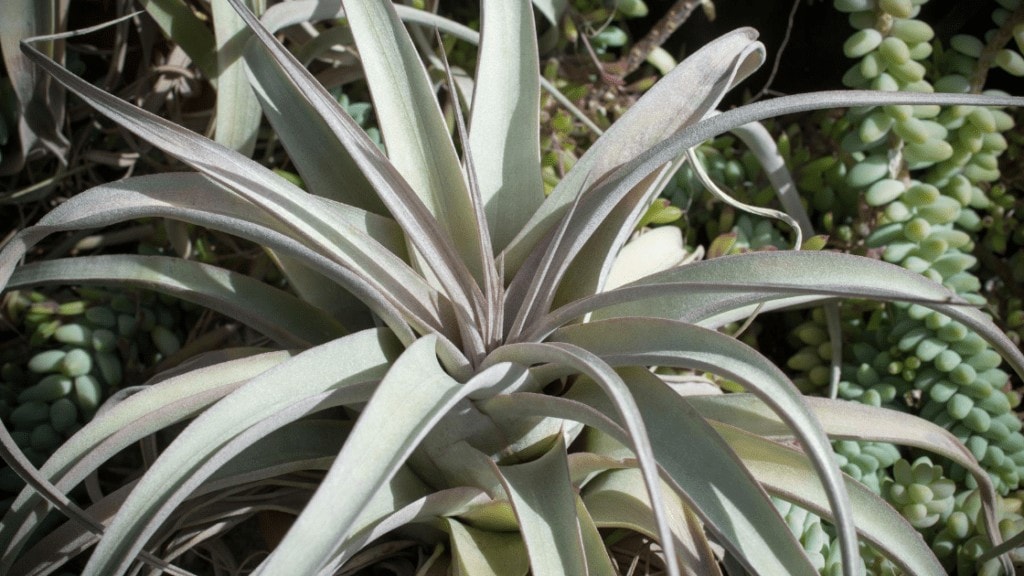
The size of air plants can vary widely. While Xerographica can grow from a few feet to up to 12-15 feet, other air plants can have a size of a few inches to 25 feet
Do They Grow Fast?
These plants grow slowly. Since they don’t use soils or fertilizers, their growth can’t be accelerated by outside interventions.
How Long Does Xerograhica Live For?
Tillandsia Xerographica can live up to more than 20 years and can grow up to 4 feet in diameter. It will have a large orange bloom before withering away.
What To Do After Xerograhica Flowers
After it flowers, the days the plant will survive are numbered. But the period is not very short either. The flower itself can last from 2 to 6 months. The flowering process leaves behind pups and offshoots that will grow into independent plants. After the flower dies out, the plant also starts withering away. So, now is the time to take care of new plants that the old plant has left behind.
Are Xerograhica Easy to Propagate?
The propagation of air plants is done by using the stem cuttings of the plants. In a nursery condition, it’s not difficult to grow new air plants through stem cuttings. Even the seeds can be used for growing new air plants.
Conclusion
Because of all the novelties associated with the Xerographica, it’s a favorite and essential item in most gardens. But taking a flight from there, Xero has now landed inside the homes in the drawing and bed rooms. It’s flexible, striking, and great in aesthetics. It can be paired up with any kind of plants in your indoor or outdoor plant settings. Even at festivals, parties, and weddings, Xerographica is considered as a wonderful guest.
What’s more? You can give the plant a more personalized shape and personality. You can come up with as many different styles and looks as your imagination permits you. Of course, you buy it from a nursery or store, but afterwards, it’s your imagination what shape and form you give it this fascinating plant life. You can create a playful pattern with its curly leaves, give it a shape of a bouquet, or weave the leaves into a floral design, or place it inside a glass container to create a terrarium. In any setting, it looks gorgeous and makes a subtle but profound style statement.
